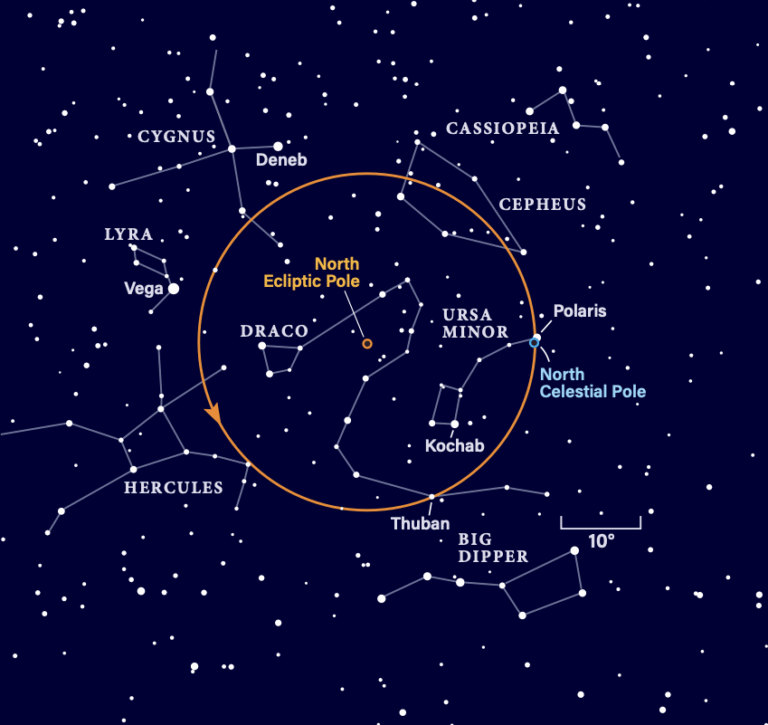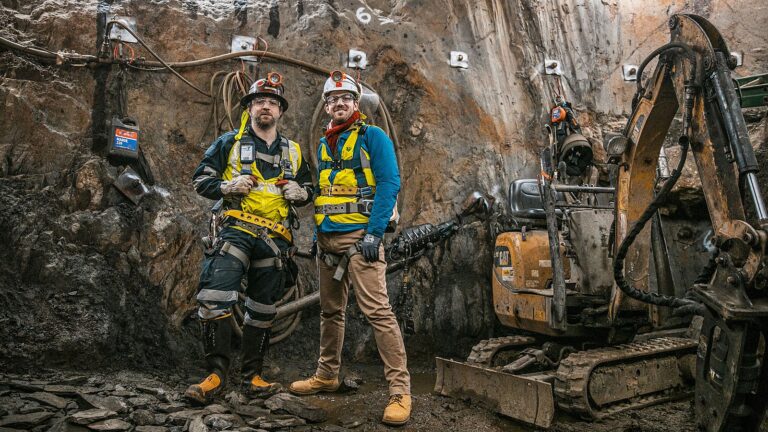Key Takeaways:
Stelios Kazantzidis from Ohio State University is working to unlock some of the mysteries surrounding the formation of vast galaxies and the evolution of massive black holes with his own large constellation of silicon wafers.
Over the last year, two research teams led by Kazantzidis have used what would average out to nearly 1,000 computing hours each day on the parallel high-performance computing systems of the Ohio Supercomputer Center (OSC). To develop their detailed models and resulting simulations, Kazantzidis and his colleagues tapped OSC’s flagship system, the Glenn IBM Cluster 1350, which features more than 9,600 Opteron cores and 24 terabytes of memory.
Kazantzidis and Simone Callegari’s, from the University of Zurich, study involved a suite of high-resolution, smoothed-particle hydrodynamics simulations of merging disk galaxies with supermassive black holes. These simulations include the effects of star formation and growth of the supermassive black holes, as well as feedback from both processes.
“Binary supermassive black holes are very important because once they form there is always the possibility that the two black holes may subsequently merge,” Kazantzidis said. “Merging supermassive black holes will produce the strongest signal of gravitational wave emission in the universe. Gravitational waves have not yet been directly detected, although Einstein predicted them in his theory of general relativity.”
The astronomers found that the mass ratios of supermassive black hole pairs in the centers of merged galaxies do not necessarily relate directly to the ratios they had to their original host galaxies, but they are, according to Kazantzidis, “a consequence of the complex interplay between accretion of matter — stars and gas — onto them and the dynamics of the merger process.” As a result, one of the two supermassive black holes can grow in mass much faster than the other.
Kazantzidis believes simulations of the formation of binary supermassive black holes have the potential to open a new window into astrophysical and physical phenomena that cannot be studied in other ways and might help to verify general relativity, one of the most fundamental theories of physics.
Kazantzidis and his colleagues also recently developed sophisticated computer models to simulate the formation of dwarf spheroidal galaxies, which are satellites of our own galaxy, the Milky Way. The study concluded that, in a majority of cases, disk-like dwarf galaxies — known as disky dwarfs —experience significant loss of mass as they orbit inside their massive hosts. Their stellar distributions undergo a dramatic morphological as well as dynamical transformation — from disks to spheroidal systems.
“These galaxies are very important for astrophysics because they are the most dark matter-dominated galaxies in the universe,” Kazantzidis said. “Understanding their formation can shed light into the very nature of dark matter. Environmental processes like the interactions between dwarf galaxies and their massive hosts we’ve been investigating should be included as ingredients in future models of dwarf galaxy formation and evolution.”
Supercomputing centers allow astronomers to create sophisticated models that are not feasible on desktop systems. However, even with supercomputers, Kazantzidis and his colleagues find that simulating the multitude of elements involved in these galactic processes remains an enormous challenge.
“Our models can only follow a small subset of, say, the stars in a galaxy,” he said. “For example, a galaxy like our Milky Way contains hundreds of billions of stars, and even the most sophisticated numerical simulations to date can only simulate a tiny fraction of this number. The situation becomes increasingly more difficult in simulations that involve dark matter. This is because the dark matter particle is an elementary particle, and, therefore, it is much less massive than a star. A galaxy like the Milky Way contains of the order of 1067 dark matter particles (that is, the number one followed by 67 zeros).”
The goal of Kazantzidis’ team is to develop representations of galaxies that are as accurate as possible. Access to the Glenn Cluster increases the number of objects or simulation particles that can be depicted in the model, enhancing their ability to perform accurate and meaningful calculations.
“The powerful hardware and software available at OSC are particularly well-suited for cutting-edge astronomy research, such as that being conducted by Kazantzidis,” said Ashok Krishnamurthy from OSC. “The results he and his colleagues have been able to achieve through their research projects are impressive and firmly demonstrate the Center’s ability to help accelerate innovation and discovery.”










